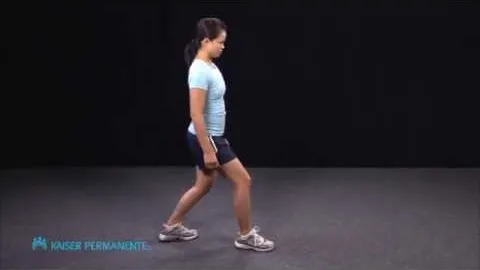
Standing Calf Stretch Knee Bent: A Guide to Improve Lower Leg Flexibility
Physical fitness and flexibility are essential for maintaining a healthy and active lifestyle. One often overlooked aspect of fitness is the flexibility of the lower leg muscles. The calf muscles, specifically the gastrocnemius and soleus muscles, play a crucial role in maintaining balance and stability during physical activities. One highly effective stretch to improve the flexibility of these muscles is the Standing Calf Stretch Knee Bent exercise.
Having flexible lower leg muscles offers numerous benefits for individuals of all fitness levels.
To maximize the benefits of this exercise and ensure its effectiveness, keep the following techniques in mind:
To improve lower leg flexibility and reap the benefits of the standing calf stretch knee bent exercise, consider incorporating it into your regular fitness routine. Here are a few tips to help you get started:
The standing calf stretch knee bent exercise is an excellent way to improve lower leg flexibility, enhance performance, prevent injuries, and boost balance and stability. By incorporating this exercise into your fitness routine and following the proper techniques, you can experience the benefits of flexible calf muscles in no time. Remember to always listen to your body and consult with a healthcare professional before starting any new exercise regimen. Stay committed, consistent, and enjoy the journey to healthier and more flexible lower leg muscles!
If you're looking for a gym, fitness club or yoga studio, you've come to the right place.
You can find information about gyms in your area. Browse catalog of gyms and find gyms with classes which are you looking for.
On gym page you can find simple information like address, phone or website. You can find list of available classes. You can check availability of personal training or small group classes. On place page you can also see information about open hours.
You can find gyms near you with amenities, courts, studios and equipments.
Use our map to find gym at your city or district.
In Gym Navigator you can find list of exercises with movies for many body parts.
You can browse exercises catalog and find exercises the best of you.
You can also find exercises grouped into workout plans, which you can use to improve you body. Each routine show you exercises one by one and give you possibility to count you progress and count down rest time.